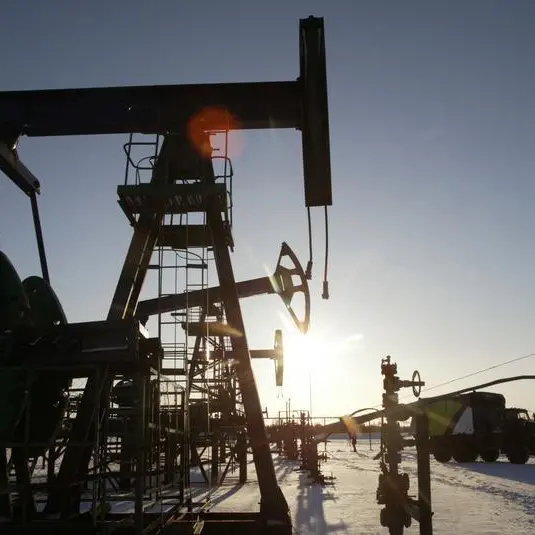PHOTO
U.S. natural gas futures gained about 1% on Friday on forecasts for hotter weather through mid August than previously expected, which should force power companies burn more gas to keep air conditioners humming rather than injecting the fuel into storage for the winter.
Gas-fired plants have provided over 40% of U.S. power this month, according to federal energy data, even though gas prices were up about 54% so far in July in part because coal prices keep hitting fresh record highs. That makes it uneconomic for some generators to use their coal-fired plants.
The gas price increase came even though output was on track to reach a record high in July and the ongoing outage of the Freeport liquefied natural gas (LNG) export plant in Texas leaves more gas in the United States.
Freeport, the second-biggest U.S. LNG export plant, was consuming about 2 billion cubic feet per day (bcfd) of gas before it shut on June 8. Freeport LNG estimated the facility will return to partial service in October. Some analysts say the outage could last longer.
Front-month gas futures for September delivery rose 8.7 cents, or 1.1%, to $8.221 per million British thermal units (mmBtu) by 8:59 a.m. EDT (1259 GMT). On Tuesday, when the August contract was still the front-month, futures soared to an intraday 14-year high of $9.752 per mmBtu. For the week, the contract was on track to rise less than 1% after gaining about 45% during the prior three weeks. For the month, the contract was on track to gain about 53% after falling about 33% in June. That would be its second biggest monthly gain after soaring by a record 63% in September 2009.
So far this year, the front-month is up about 123% as much higher prices in Europe and Asia keep demand for U.S. LNG exports strong, especially since the amount of gas flowing from Russia to Europe has dropped following Moscow's invasion of Ukraine on Feb. 24. Gas was trading around $60 per mmBtu in Europe and $42 in Asia.
The United States became the world's top LNG exporter during the first half of 2022. But no matter how high global gas prices rise, the United States cannot export any more LNG because its plants were already operating at full capacity.
Russian gas exports on the three main lines into Germany - Nord Stream 1 (Russia-Germany), Yamal (Russia-Belarus-Poland-Germany) and the Russia-Ukraine-Slovakia-Czech Republic-Germany route - slid to 2.5 bcfd on Thursday from 2.6 bcfd on Wednesday due to work on the Nord Stream pipe. Russian exports on the three pipes averaged 2.8 bcfd so far in July, 5.1 bcfd in June and 9.4 bcfd in July 2021.
TOP PRODUCER
U.S. gas futures lag far behind global prices because the United States is the world's top producer, with all the fuel it needs for domestic use, while capacity constraints limit LNG exports.
Data provider Refinitiv said average gas output in the U.S. Lower 48 states rose to 96.2 bcfd so far in July from 95.3 bcfd in June. That compares with a monthly record high of 96.1 bcfd in December 2021. Refinitiv projected average U.S. gas demand including exports would slide from 99.5 bcfd this week to 98.1 bcfd next week on less hot forecasts before rising back to 99.5 bcfd in two weeks when extreme heat returns. The forecasts for this week and next week were higher than Refinitiv's outlook on Thursday.
(Reporting by Scott DiSavino, Editing by Kirsten Donovan)





















